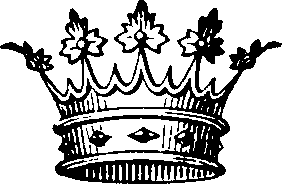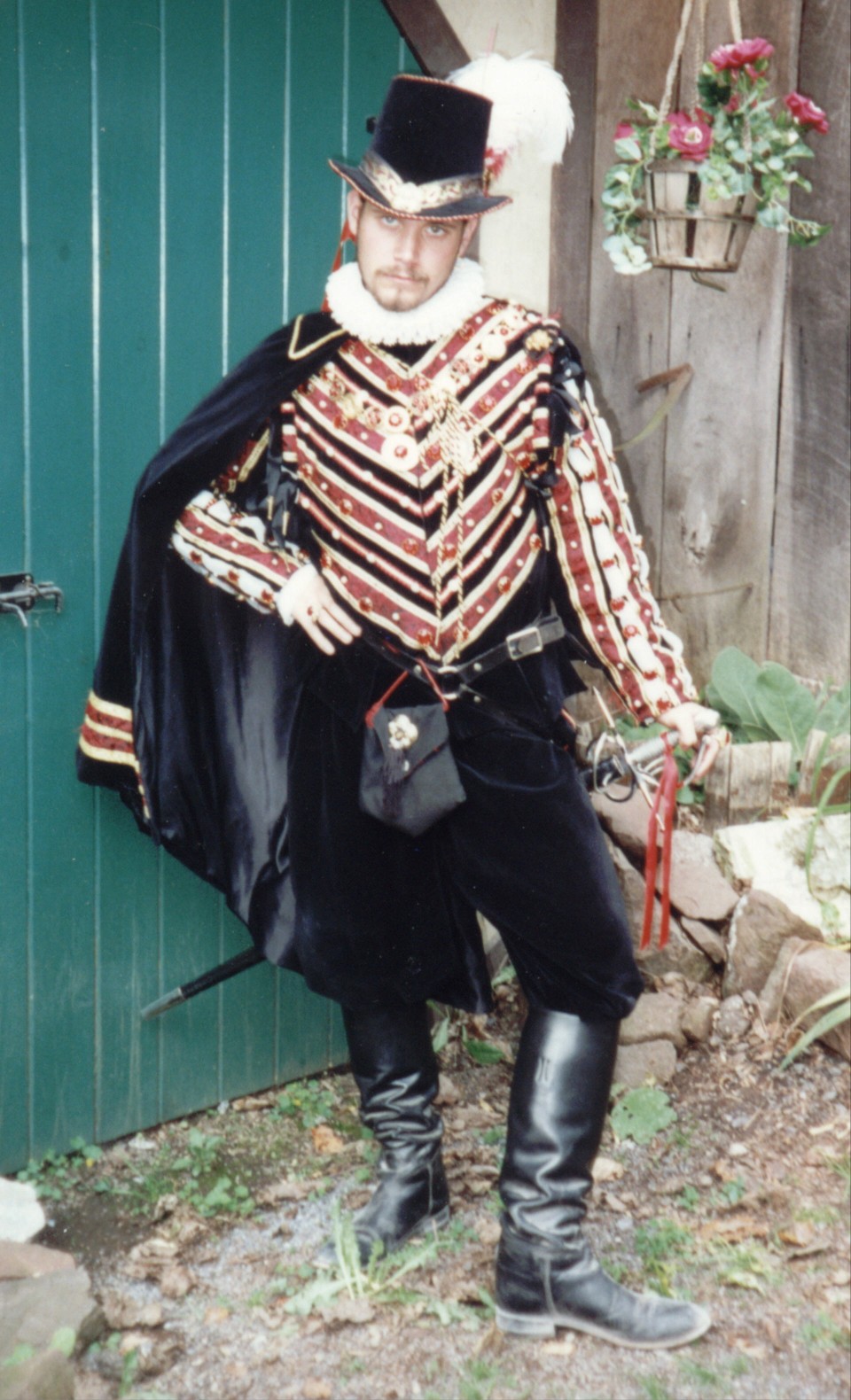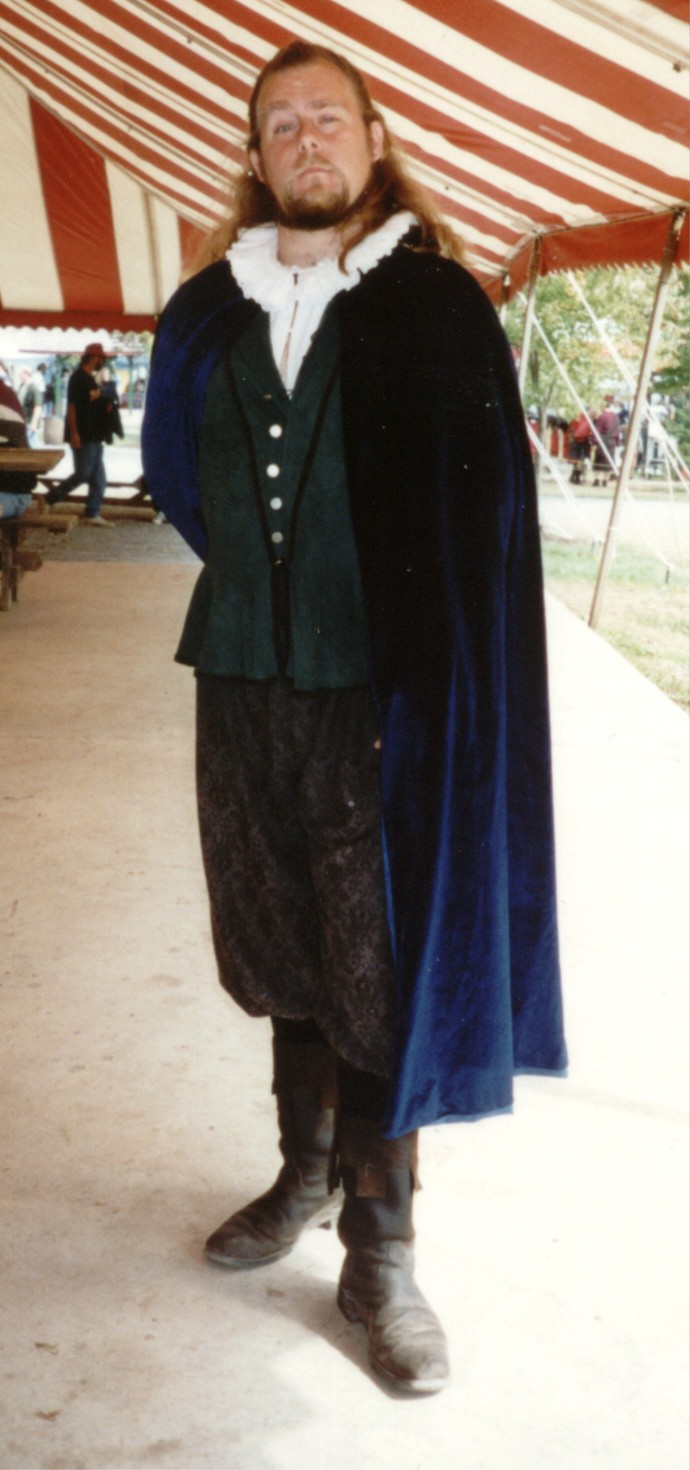 Jerkins and Doublets
Jerkins and Doublets Jerkins and Doublets
Jerkins and DoubletsEither garment is essentially a jacket or vest worn over a shirt. Unless your character is very poor indeed, wearing just a shirt is not an option - it's like going out in your underwear! The garment may be more-or-less fitted, depending on the character's class and occupation. Here are patterns for a jerkin and a doublet. There are an almost infinite number of variations to the basic jerkin. Yours might button up (no obviously plastic buttons, please), lace up, or be closed with ties or clasps. It might even be simply belted closed. The front can come all the way up to the neck, or not. You might have a collar, or be collarless. The waist can have picadils (often called tabs) or a full peplum. Finally, you can add sleeves to it (either tie-in or set-in), making it a doublet. And that's without even mentioning trim!






